| Header Photo: Derelict fishing nets recovered from the Papahānaumokuākea Marine National Monument.(Credit: NOAA)
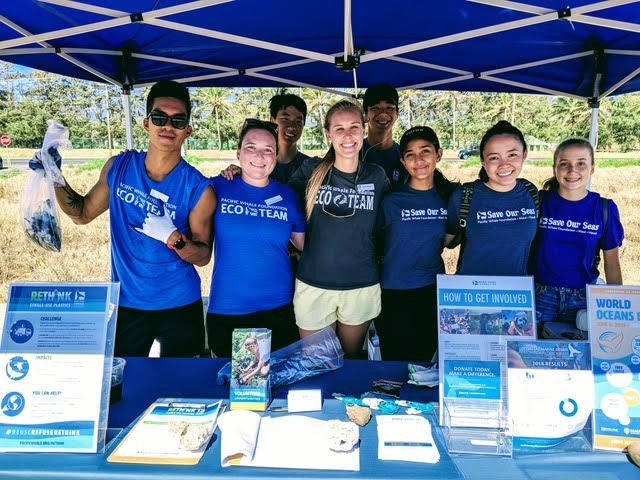 World Ocean’s Day cleanup featuring Baldwin High School volunteers giving back to our oceans and spreading the word about RETHINK. (Credit: Rob Owen)
Submitted by: Jens Currie, Pacific Whale Foundation
World Ocean’s Day launched Pacific Whale Foundation’s (PWF) newest yearling conservation campaign, RETHINK Single-Use Plastics. PWF research shows 70-90% of all debris found on and around Maui is plastic. RETHINK aims to address this issue by giving easy to achieve single-use plastic swaps in hopes to create impactful behavior change. Through weekly videos, education, and public engagement, PWF presents creative alternatives to everyday single-use plastics for the betterment of our oceans and its inhabitants.
Visit our website to learn more about our conservation campaigns.
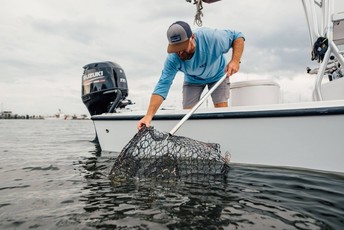 Submit your Letter of Intent for the Marine Debris Removal opportunity! (Credit: Ocean Aid 360)
Submitted by: Mark Manuel, NOAA Marine Debris Program
The NOAA Marine Debris Program is proud to announce our FY 2020 “Marine Debris Removal” federal funding opportunity. The Letter of Intent (LOI) submission period for removal projects will extend from July 15 to September 4, 2019. Applicants who submit successful LOIs will be invited to submit a full proposal following the LOI review period.
For more information on this FY 2020 grant opportunity, please visit Grants.gov and the NOAA Marine Debris Program’s website.
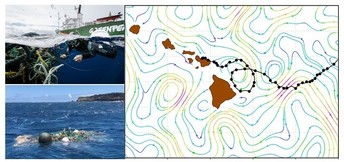 Photos of the tracked derelict fishing gear. (Credit: Greenpeace and Love The Sea) A computer map showing the path of the satellite tracker. (Credit: UH IPRC)
Submitted by: Nikolai Maximenko, UH IPRC
Large derelict fishing gear, tagged at sea, has been tracked all the way to Hawai‘i. The satellite tracker, fabricated by Pacific Gyre, was provided by the Ocean Voyages Institute and deployed in the open ocean by Greenpeace in November 2018. On April 17, 2019, Love The Sea retrieved it off of Maui’s north shore. The University of Hawai‘i International Pacific Research Center (UH IPRC) team provided computer model support and coordination as a part of the FloatEco project. Additionally, other groups were on standby on all Hawaiian Islands.
Click here to see a video of the tracked path.
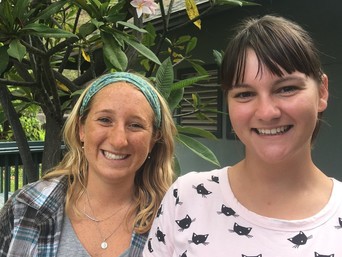 Rachel Sandquist (left) is NOAA Hollings Scholar from the University of Miami majoring in marine science and microbiology. Joelle Marchiani (right) is a NIST SURF recipient who just graduated from Hawaii Pacific University with a B.S. in marine biology. (Credit: Dr. Jennifer Lynch)
Submitted by: Kayla C. Brignac, Center for Marine Debris Research
In May, the Center for Marine Debris Research (CMDR) welcomed its first summer students. Rachel Sandquist is testing the chemical compatibility of 15 plastic polymers to discover the optimal preservation and digestion methods of biological samples for microplastic studies. Joelle Marchiani is mining ATR FTIR spectra of marine debris in Hawaii to detect plastic additives and chemical weathering indicators to attempt to answer how long the debris has been in the environment.
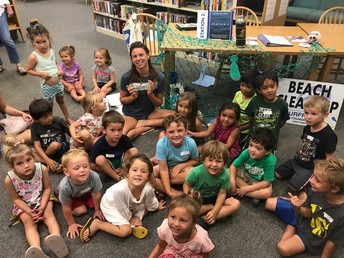 Kat Brickner of Surfrider Kaua‘i pictured with students during the Whales at your Library event. (Credit: Surfrider Kaua‘i)
Submitted by: Kat Brickner, Surfrider Foundation
For the week of June 17th NOAA, Hawaiian Islands Humpback Whale National Marine Sanctuary, Kaua‘i National Wildlife Refuge, and Surfrider teamed up with Līhu‘e and Princeville libraries to bring fun filled education to a few student summer programs and the general public. In five days we reached over 300 students and a handful of parents.These future leaders learned all about whales and about the dangers marine debris causes to them. Kaua‘i’s future is bright, as knowing the problem is half the battle.
Learn more about Surfrider Kaua'i here.
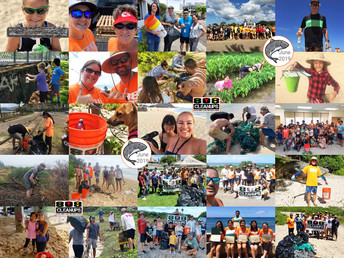 A collage of June 2019 808 Cleanups volunteers and cleanups. (Credit: 808 Cleanups)
Submitted by: Michael Loftlin, 808 Cleanups
808 Cleanups recently launched the 808 Cleanups App! This app connects volunteers with one another and promotes teamwork to make the islands of Hawaiʻi cleaner, safer, and stronger. The app allows users to check into cleanups, share cleanup opportunities, report marine debris, and request immediate support.
Learn more about the app here.
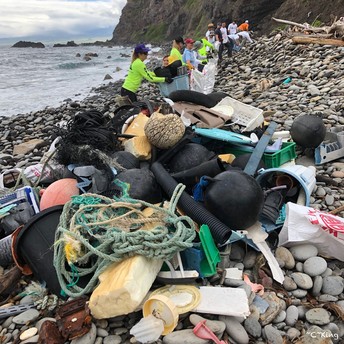 Volunteers help remove over 6,500 lbs of plastic pollution along remote Makamaka'ole Beach on Maui. (Credit: Cheryl King, SHARKastics)
Submitted by: Lauren Bickley, Swell Consulting
In April, Sharkastics led a large-scale cleanup of remote Makamaka'ole beach. Located on Maui's north east facing shore, Makamaka‘ole has limited public access and is exposed to large inputs of ocean-based plastic pollution. A full day of debris collection (requiring helicopter lifts of 32 super sacks) was followed by two days of classifying/counting all debris items by a dedicated group of volunteers. The cleanup resulted in the removal of 36,854 debris items (6,590 pounds)! View a breakdown summary of the debris items here. Most plastic pieces were diverted from the landfill and are currently being evaluated for upcycling opportunities. The second Makamaka‘ole cleanup will occur in the fall to calculate the accumulation rate.
Funding is provided by the County of Maui. Partners include Hawaii Association of Marine Education and Research, Malama Maui Nui, Maui Huliau Foundation, CDF Engineering, Swell Consulting, P.O.O. Please, and Pacific Helicopters.
 Research workshop participants sit in on a presentation. (Credit: NOAA)
Submitted by: Mark Manuel, NOAA Marine Debris Program
Over 50 researchers participated in the 2019 HI-MDAP Research Workshop that took place on July 25-26 at the Ocean Institute and was hosted by the NOAA Marine Debris Program and the National Institute of Science and Technology. The workshop brought together marine debris researchers in Hawai‘i to share ongoing research and discuss research priorities in the state. Workshop proceedings will be made available in the near future and the Center for Marine Debris Research website will host videos of research presentations.
|